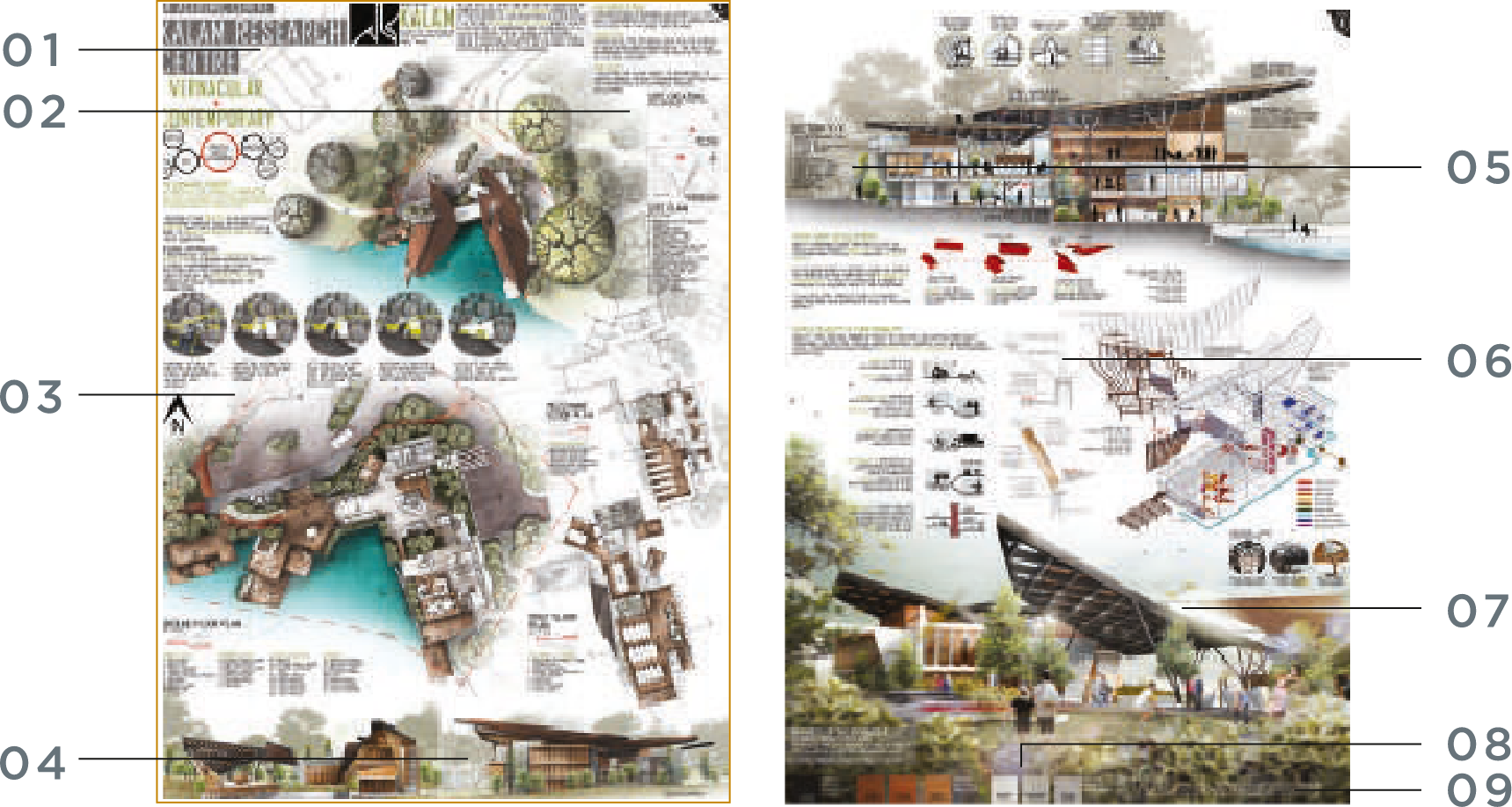Assoc. Prof. (Ind.)
Ar. Sarly Adre Sarkum
Chief Architecturalist & Managing Director, [SA]²
Past President, Malaysia Green Building Confederation (MGBC)
Member of Pertubuhan Arkitek Malaysia
"Throughout my judging journey, it’s has been giving me a lot of learning and experience where I can meet a lot of young and talented people in the industry, to see what’s design coming up to the industry and even some of the participants were work together with me as a colleagues, and this is really meaningful to me. I would like to encourage students to join AYDA even if you don’t think that you are a good designer like there is a say, you are the sum of 10 people around you, by mixing with people who are better than you or creative than you, it will push you further. That is why it is important to be a sort of a competition so that you can benchmark yourself and look at this a self-reflective by look through yourself where you are and where you heading to."



